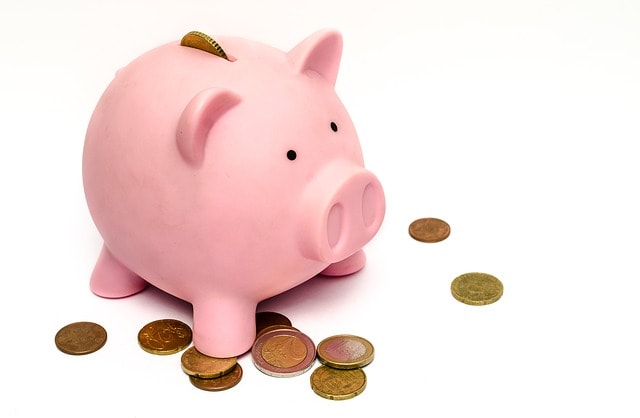 In 2014, the largest group of homebuyers were Millennials (age 34 and younger), according to the 2015 National Association of Realtors® Home Buyer and Seller Generational Trends study.
In 2014, the largest group of homebuyers were Millennials (age 34 and younger), according to the 2015 National Association of Realtors® Home Buyer and Seller Generational Trends study.
In fact, Millennials represented 32% of all homebuyers. Generation X (ages 35 to 49) was next at 27%, followed by Baby Boomers (ages 50 to 68) at 31%, and the Silent Generation (ages 69 to 89) at 10%.
In addition, NAR reports that over 80% of Millennials and Gen X buyers consider a home purchase a good financial investment. This and the desire to own their own home are the top reasons Millennials give for buying a house.
At a median age of 29 and median income of $76,900, how can younger buyers afford a home? In addition to establishing and maintaining good credit, saving for a down payment is an important step toward home ownership.
The first question is “how much should we save?” A 20% down payment will increase a buyer’s chances of qualifying for a home loan. However, other programs like FHA loans require lower down payments, making getting into a home more affordable.
Next, you need to determine how much you need to save. If you are considering homes in the $300,000 range, you’ll need to save $60,000 for a 20% down payment. Now onto the saving part. Here are 7 ways to help you achieve your dream of home ownership:
- Establish a budget. Once you know how much you need to save, you need to establish a budget to determine your approximate timeline. For example, if you want to own a home in two years and need to save $60,000, you’ll need to save $2,500 a month. If you are OK waiting for three years, you’ll need to save $1,666 a month. Now write down your net income after taxes. Subtract all of your fixed costs like rent, student loans, car payments, etc. and then your variable costs like groceries, gas, etc.
- Reduce expenses. Now that you’ve got your budget, look at where you can back on expenses. Start with small items that you won’t miss. For example, cut back your weekly pizza night to once or twice a month, take your lunch to work, and make your own lattes at home. Instead of going to the movies every month, subscribe to Netflix or Amazon Prime.
- Increase your income. You don’t want to make a major job change before buying a home, but you can increase your income with a temporary, part-time job, doing freelance work for friends, selling unwanted items online, or opening an Etsy store to sell your art or other handmade items to others. Think about what talents and treasures you have that you can turn into cash.
- Downsize your current housing. Rent is probably your highest monthly expenditure. Find a way to cut that cost by moving to a smaller space or a more affordable neighborhood. You might also consider getting a roommate to share expenses, or moving in with your to save on living costs.
- Create an automatic savings plan. Once you’ve decided how much you need to save, have your employer automatically deduct $XXX from your paycheck, putting it directly into your savings or money market account. This will reduce the temptation to spend.
- Save your change. Saving leftover coins in a change jar won’t make a significant dent in your down payment, but it can get you in the habit of saving something and it will add up over time. It is also money you won’t miss.
- Tap into your IRA. If you have an IRA, you can get a one-time, penalty-free distribution per person of $10,000 for your first home purchase, says Betterment. If you are withdrawing from a traditional IRA, you’ll be taxed on the money at year-end. If you are withdrawing from a Roth IRA, you have already been taxed. Consult your tax advisor to explore this option.
